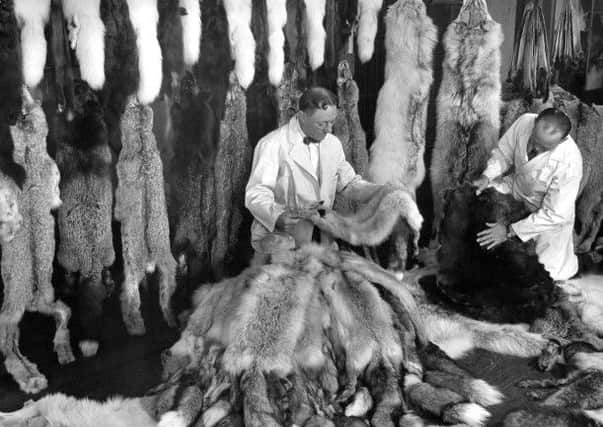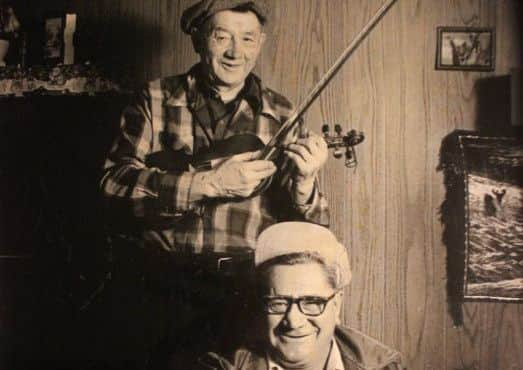How the fiddle landed in Canada from Orkney


More than 300 years ago, workers with the Hudson Bay Company arrived in Quebec and forged new relations with native Cree and Inuit with the help of the tunes that traversed the Atlantic.
It is thought that the violin had never been heard in Canada until then.
Advertisement
Hide AdVast numbers of Hudson Bay staff were from Orkney, with Stromness the last stop on the way to Canada, where supplies and workers were collected.


Once there, the traditional tunes helped to make friends and dances between the two alien countries – with interpretations of the music still heard today.
Dr Frances Wilkins, a lecturer in musical ethnology at the Elphinstone Institute, Aberdeen University, has travelled to Moose Factory in the James Bay area of Ontario, to chart the cultural life of the Cree and the Scottish influence there in.
Dr Wilkins said: “You get a really strong fiddle culture amongst the Crees which came about because of these meetings with the Scots
“It is still very much part of the culture.”
Fiddles still play a big part at Cree weddings where a form of Scottish country dance fills the floor.
Dr Wilkins added: “The Hudson Bay Company was based in London but Stromness was the last calling port, where they generally stopped to get water and other supplies
Advertisement
Hide Ad“They hired many Orcadians as they found they were really good workers and used to a harsher climate. It was also cheaper to hire someone from Orkney than London.”
At one point, four out of five servants of the Hudson Bay Company were from Orkney.
Advertisement
Hide AdThe last boat sailed from Stromness to James Bay in 1891 with the company, later using Montreal as a major base.
The running connection with the Scots may then have been lost, but what they left behind had in many ways already left its mark.
Dr Wilkins said: “There is no written evidence to suggest there was a fiddle tradition until these ships arrived. Until then, the culture was very much singing and drumming.
“They didn’t speak the same language and they didn’t really much have much in common.
“When the fur traders arrived, it was a way of socialising and a way of communicating. It was one of the really positive aspects of the encounter with the Europeans.”
Fillmmaker Bob Rodgers charted the links between Orkney and the James Bay Fiddlers in 1980, with two of the most talented musicians – Ray Spencer and
Advertisement
Hide AdBob McLeod, whose grandfather was a Scot, brought to Stromness for a series of experimental concerts.
It was said a tune played by Ray Spencer while in Orkney had not been heard in Scotland for 100 years.
Advertisement
Hide AdDespite the different practice traditions of the musicians – with the Cree tending to play alone and the Scots in societies or orchestras – the last concert of the trip to Stromness was hailed a great tribute to the shared musical heritage.
And as one contributor to Bob Rodger’s film observed: “You’ll always find music on the fringes of civilisation, because you’ll always find a Scot on the fringes of civilisation.”